Beef Afritada is an easy, one-pot meal the whole family will love. This Filipino beef stew is hearty and delicious with fork-tender beef, root vegetables, and colorful bell peppers in a rich, flavorful tomato sauce!
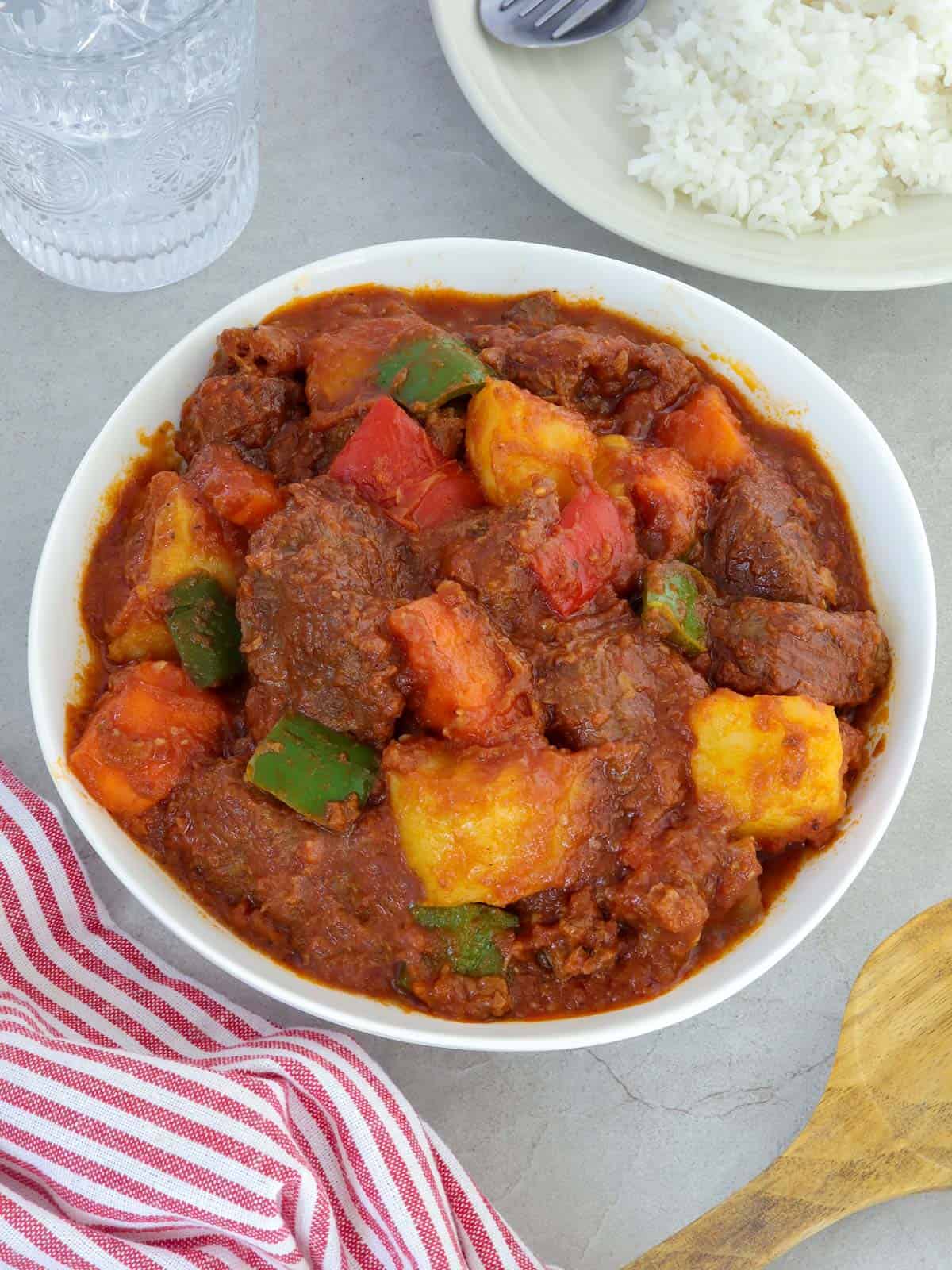
One of the most popular and most viewed recipes here on Kawaling Pinoy is my version of chicken afritada. This dish is on the top ten list of what brings the most traffic month in and month out, and I am not surprised. With juicy chicken, tender root vegetables, and colorful bell peppers slow-cooked in fresh tomatoes, it's sure to hit the spot!
Today, however, is all about beef afritada. Of the many variants of this ubiquitous Filipino stew, I have to say this is my hands-down favorite. I am not big on beef, but there's just something about fork-tender meat smothered in a thick, hearty sauce that's hard to resist.
Plus, it's easy to make with simple ingredients and in one pan. Perfect for busy weeknights!
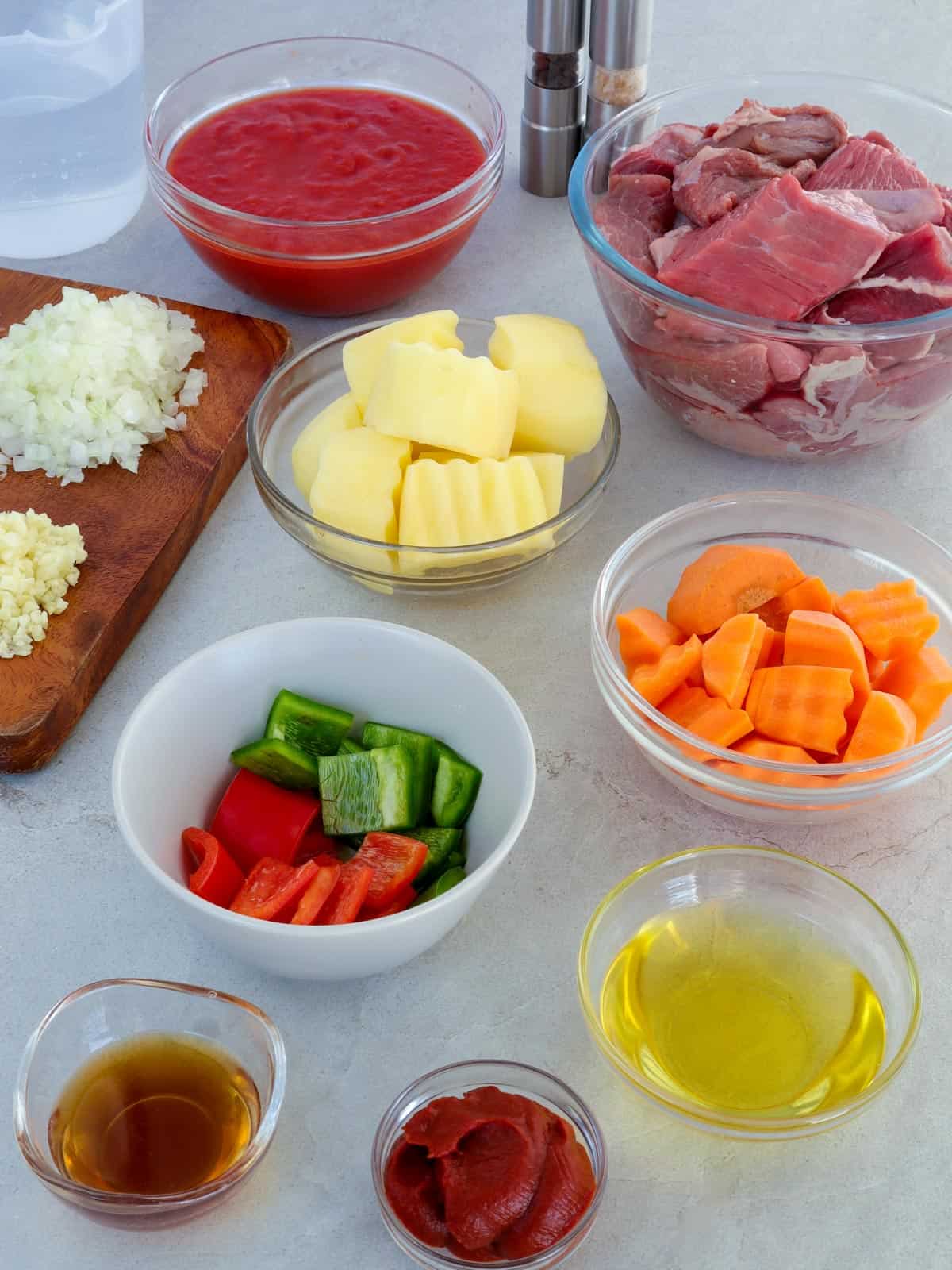
Ingredient notes
- Beef- meat cuts with s high concentration of collagen-rich connective tissues are best for stewing, such as chuck roast, cross-cut shanks, or brisket.
- Crushed tomatoes- the recipe calls for canned crushed tomatoes. You can also use tomato sauce or fresh.
- Tomato paste- helps build a rich tomato flavor and thickens the sauce.
- Potatoes and carrots- extend servings
- Bell peppers- use a combination of red and green for color
- Aromatics- garlic and onions are the base for ginisa recipes
- Fish sauce- adds a salty, savory taste
- Salt and pepper- enhances flavor and adds zing
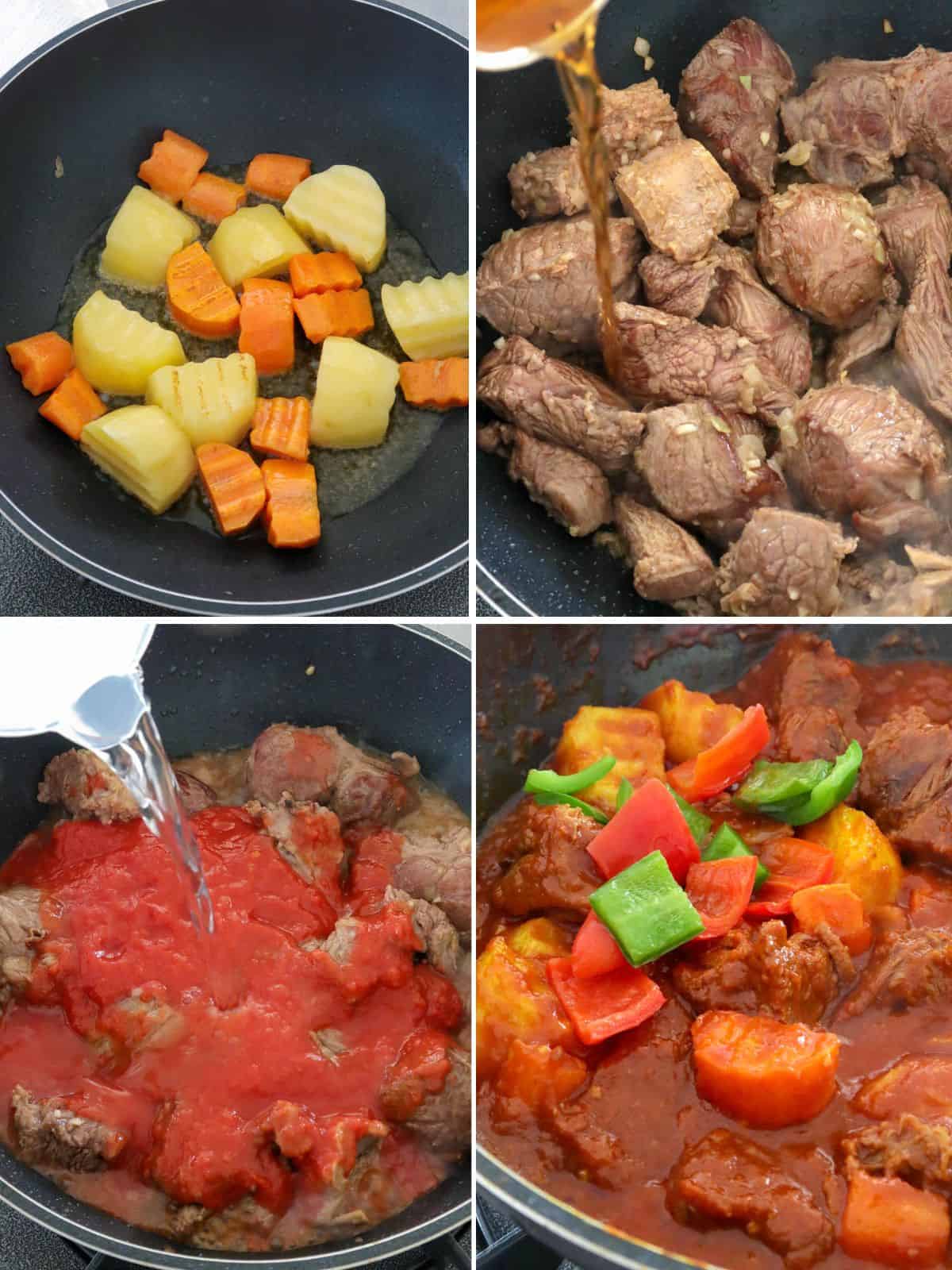
Cooking tips
- Cut the ingredients in uniform sizes for even cooking.
- Pan-fry the potatoes, carrots, and bell peppers to help maintain their shape when cooked in the sauce.
- Cut the ingredients in uniform sizes for even cooking.
- Pat the beef dry with paper towels, as the excess moisture will create steam and keep the meat from developing a caramelized crust.
- Sear the beef properly. Brown on medium-high heat, and do not overcrowd the pan. Be patient and give the meat time to sear before turning.
- Searing meat adds depth of flavor and a more appealing color. Finish off the stew in the same pan, and don't even bother washing or wiping down the pan after browning the beef. Those browned bits add incredible flavor to the stew!
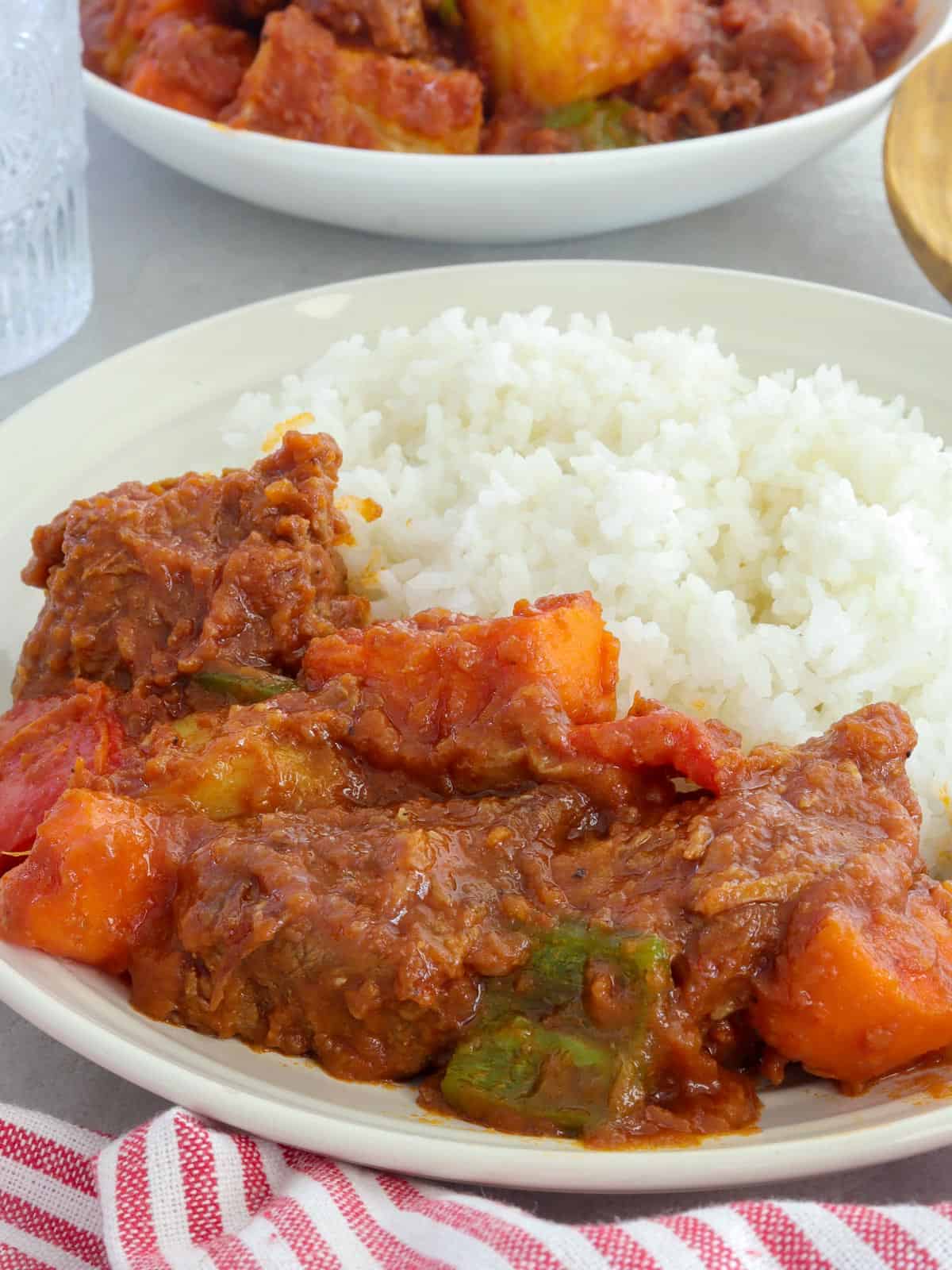
How to serve
Serve afritadang baka as a main dish for lunch or dinner with steamed rice. Another of my favorite ways to enjoy it is as pandesal filling for a midday snack.
Storing leftovers
- Transfer leftovers to a container with a lid and refrigerate for up to 3 days or freeze for up to 2 months.
- Reheat in a saucepan to 165 F, adding more water or beef broth to loosen the consistency. Or reheat in the microwave at 2 to 3-minute intervals until completely warmed.
More afritada recipes
More beef recipes
Ingredients
- ¼ cup oil
- 2 medium potatoes, peeled and quartered
- 1 large carrot, peeled and cut into cubes
- ½ green bell pepper, seeded and cut into 1-inch cubes
- ½ red bell pepper, seeded and cut into 1-inch cubes
- 2 pounds beef chuck, cut into 2- inch cubes
- 1 onion, peeled and chopped
- 4 cloves garlic, peeled and minced
- 1 tablespoon fish sauce
- 1 can (15 ounces) crushed tomatoes
- 1 tablespoon tomato paste
- 2 cups water
- salt and pepper to taste
Instructions
- In a skillet over medium heat, heat oil. Add potatoes and carrots and cook, turning once or twice until lightly browned. Remove from pan and drain on paper towels.
- Remove oil from the pan except for about 2 tablespoons. Add bell peppers and cook for about 30 to 45 seconds. Remove from pan and drain on paper towels.
- Increase heat to medium-high heat. Add beef and cook for about 2 to 3 minutes. Turn and cook for another 1 to 2 minutes or until lightly browned. Remove from heat and keep warm.
- Add another tablespoon of oil if needed. Add onions and garlic and cook, stirring regularly until softened.
- Add beef.
- Add fish sauce and cook for about 1 to 2 minutes.
- Add crushed tomatoes, water, and tomato paste. Stir until well distributed and bring to a boil.
- Lower heat, cover, and cook for about 1 ½ to 2 hours or until beef is tender. Add more water in ½ cup increments as needed if the sauce is drying out before the meat is tender.
- Add potatoes and carrots and continue to cook for about 4 to 5 minutes or until vegetables are tender and the sauce is slightly thickened and reduced as desired.
- Add bell peppers and cook for about 1 minute or until tender yet crisp.
- Season with salt and pepper to taste. Serve hot.
Notes
- Cut the ingredients in uniform sizes for even cooking.
- Pat the beef dry with paper towels, as the excess moisture will create steam and keep the meat from developing a caramelized crust.
- Sear the beef properly. Brown on medium-high heat, and do not overcrowd the pan. Be patient and give the meat time to sear before turning.
Nutrition Information
“This website provides approximate nutrition information for convenience and as a courtesy only. Nutrition data is gathered primarily from the USDA Food Composition Database, whenever available, or otherwise other online calculators.”

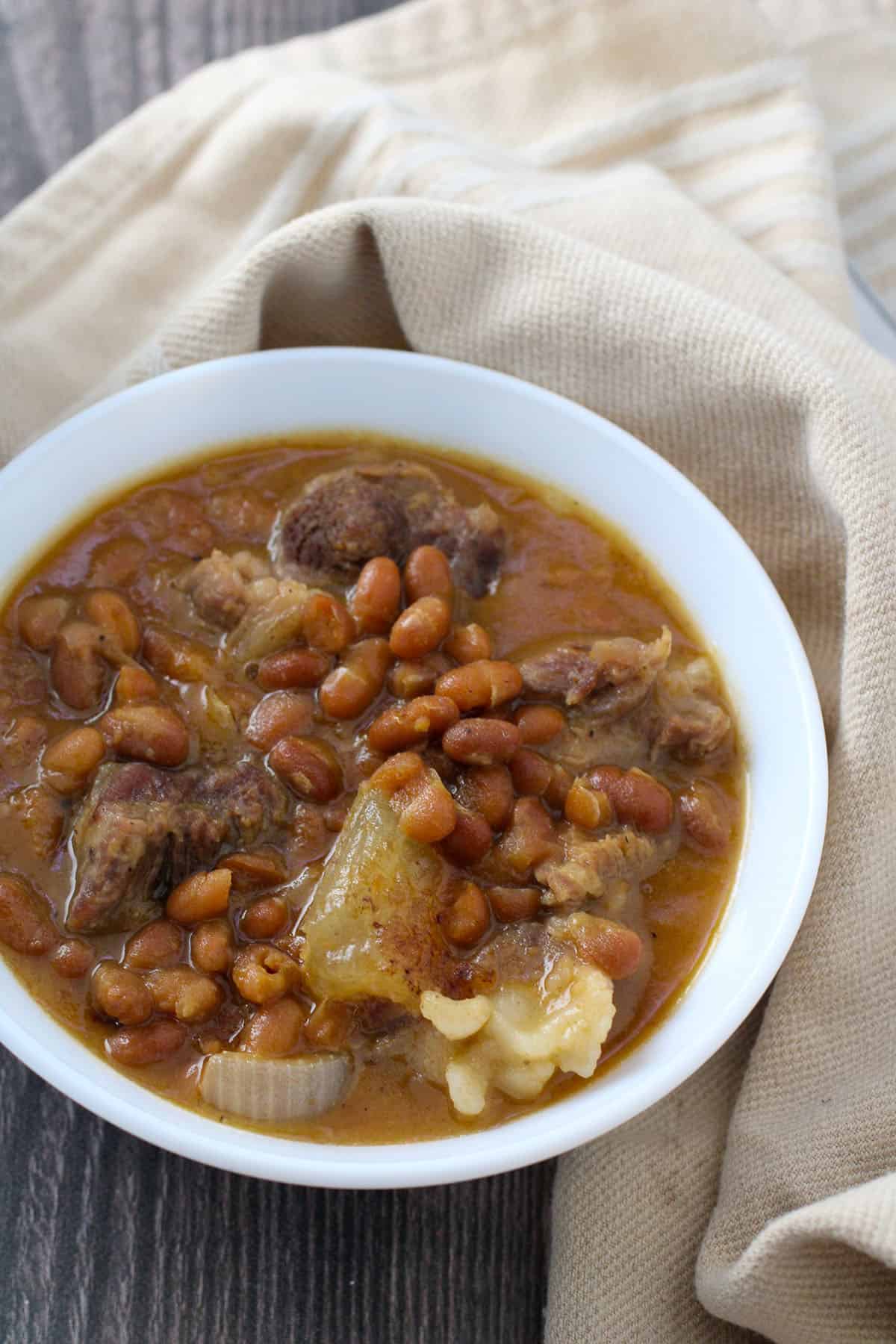
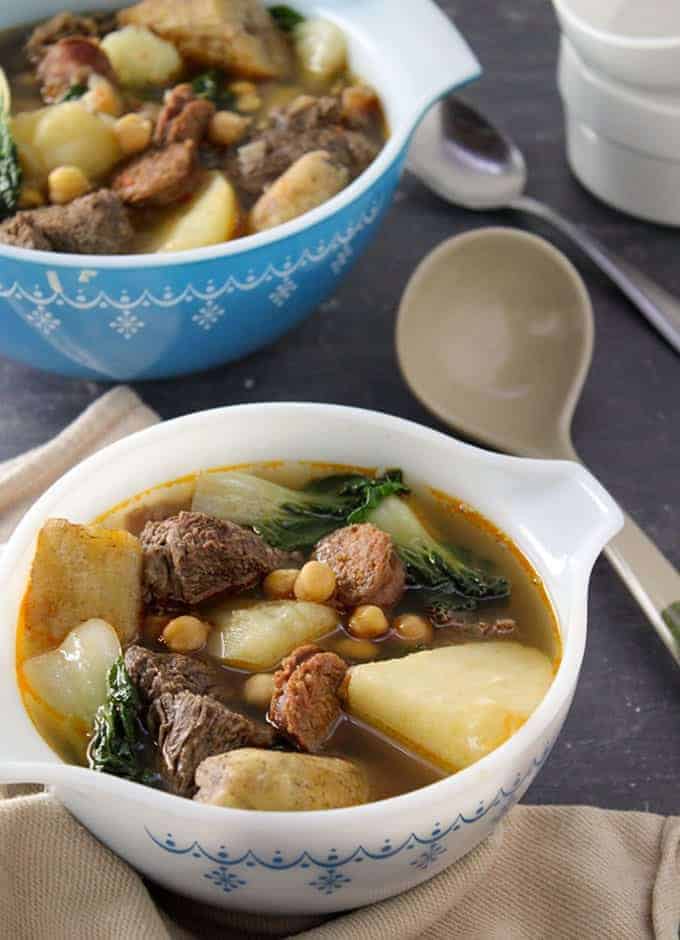
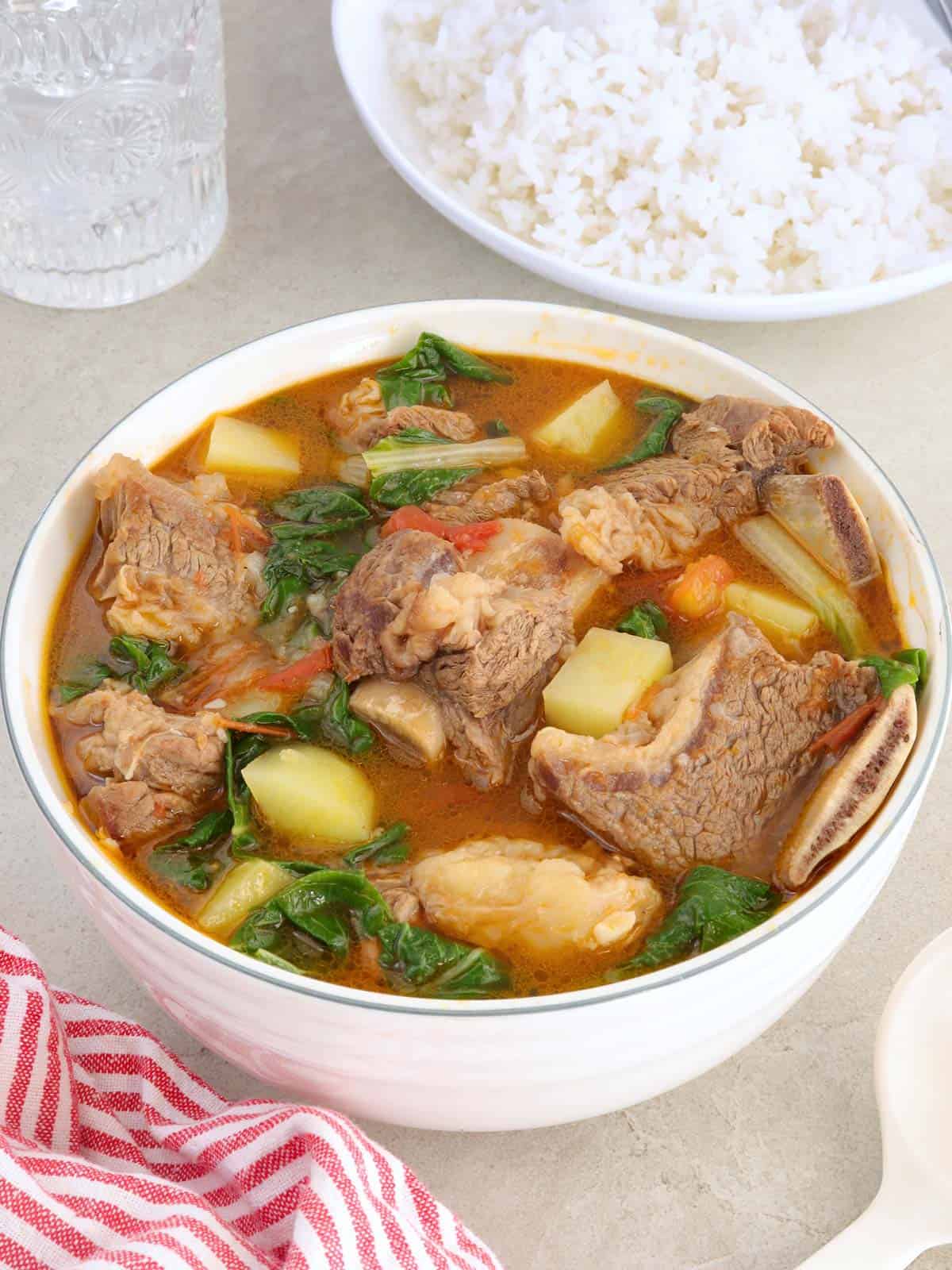
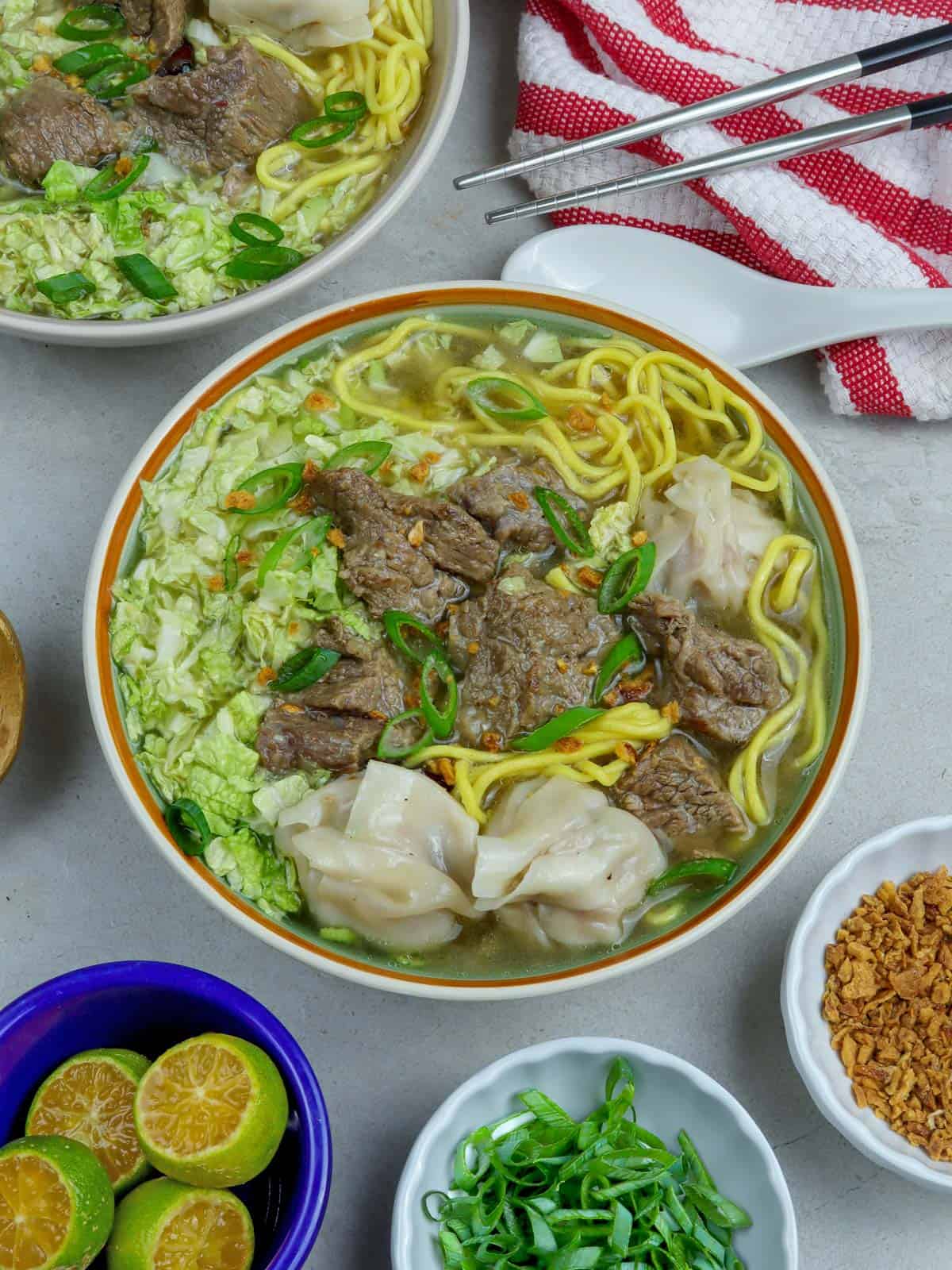
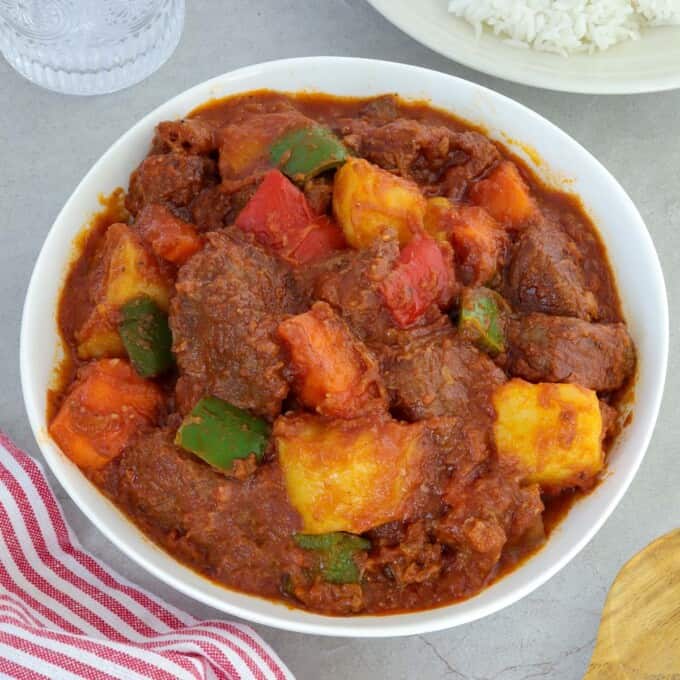

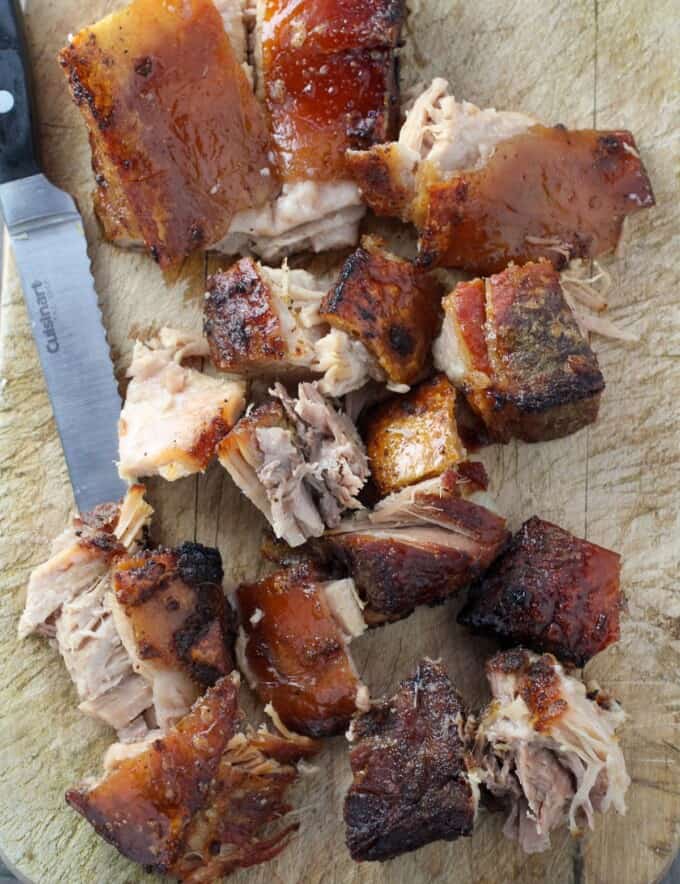
Hazeluz Andersson says
I was celebrating my 48th b day and this recipe is one that Ive made My visitors liked it .thanks for sharing!!!
Lalaine Manalo says
You're welcome and I'm glad everyone enjoyed the food. Happy birthday 🙂
Judy m says
I love ALL of miss lalaine’s recipes!!! The only site i go for my filipino dishes- love the videos! Thank you po!!
Fhaye says
Cooked this for my daughter’s birthday party and turned out very good. I lessen the water too. This is my first time cooking afritada. Thank you so much for the recipe!
Shane Simmons says
Was lovely but i put two cups of water and it came out very watery
Lalaine Manalo says
The water really depends on the beef you use. Some meat take longer to tenderize and will need more or less 2 cups of water.
Milca Newton says
I like to try your recipe ,if you send to my E-,mail address. I need to learn how to cook, I like to cook more especial recipe.
Thsnks a lot.
Dinah says
Made the mistake of opening the email while I am at the office!
'So siempre gutom na gutom pa naman ako!
Hay, busog na busog ang mata ko. kaya alam na ulam namin sa weekend 🙂
Lalaine says
Hahaha Thanks, Dinah!
Esther says
What we usually use for afritada is sweet potato to give it that natural sweetness that we Filipinos sometimes look for in our dishes. Haven't tried beef afritada though, usually what we use is combination of chicken and pork. Your beef afritada looks yummy, as usual, and I think I'm gonna try it because I love beef. Thanks
Lalaine says
Thanks for the tip, Esther. I can't wait to try it as I like a little bit of sweetness, too. Reminds me of how my mother makes pinakbet, she uses kamote instead of kalabasa because it sweetens the dish.